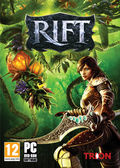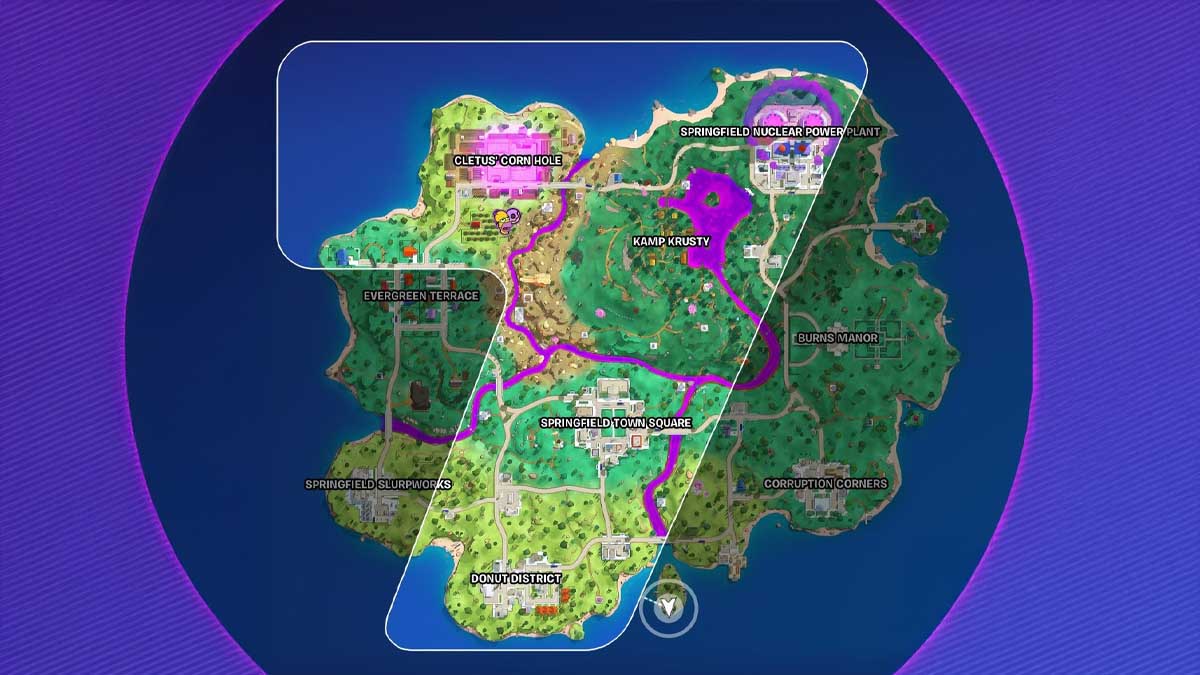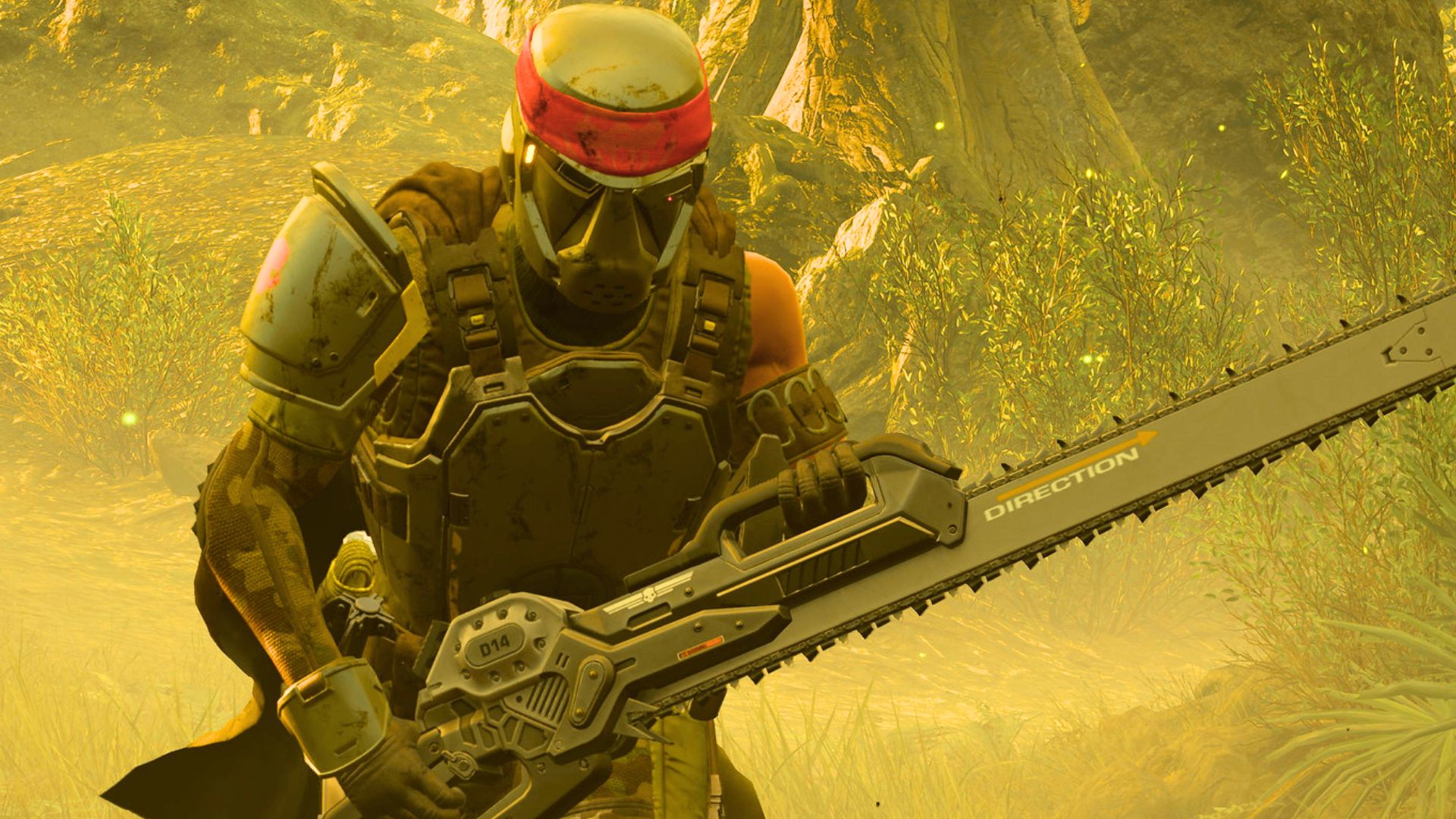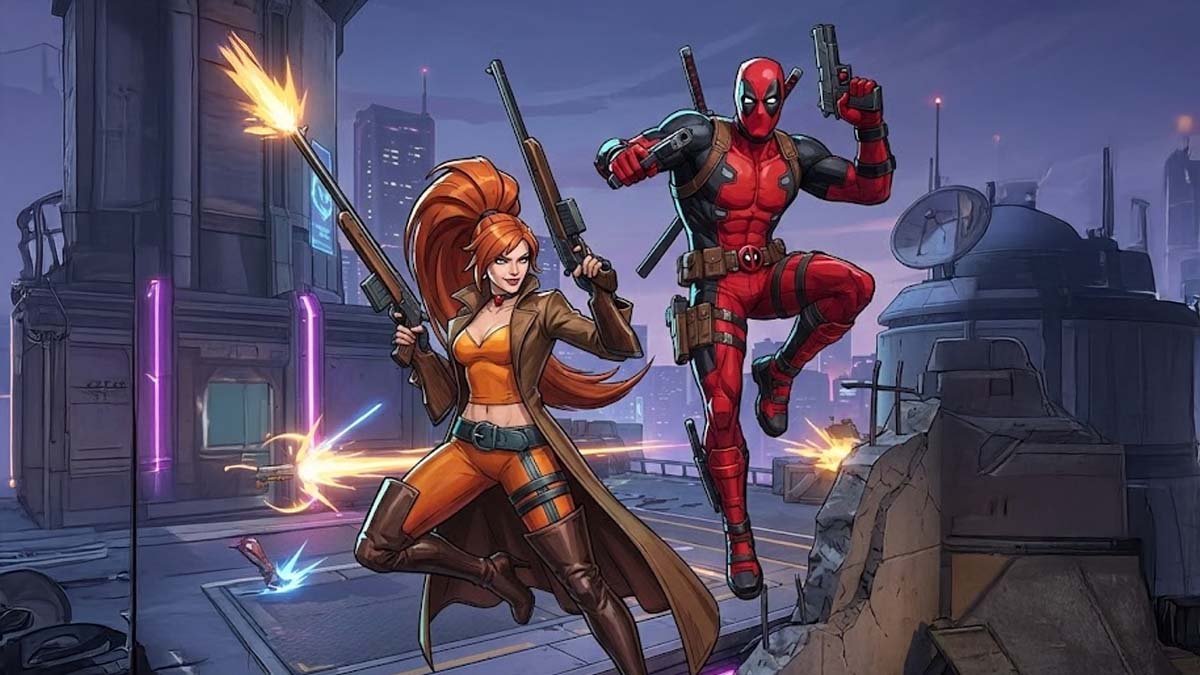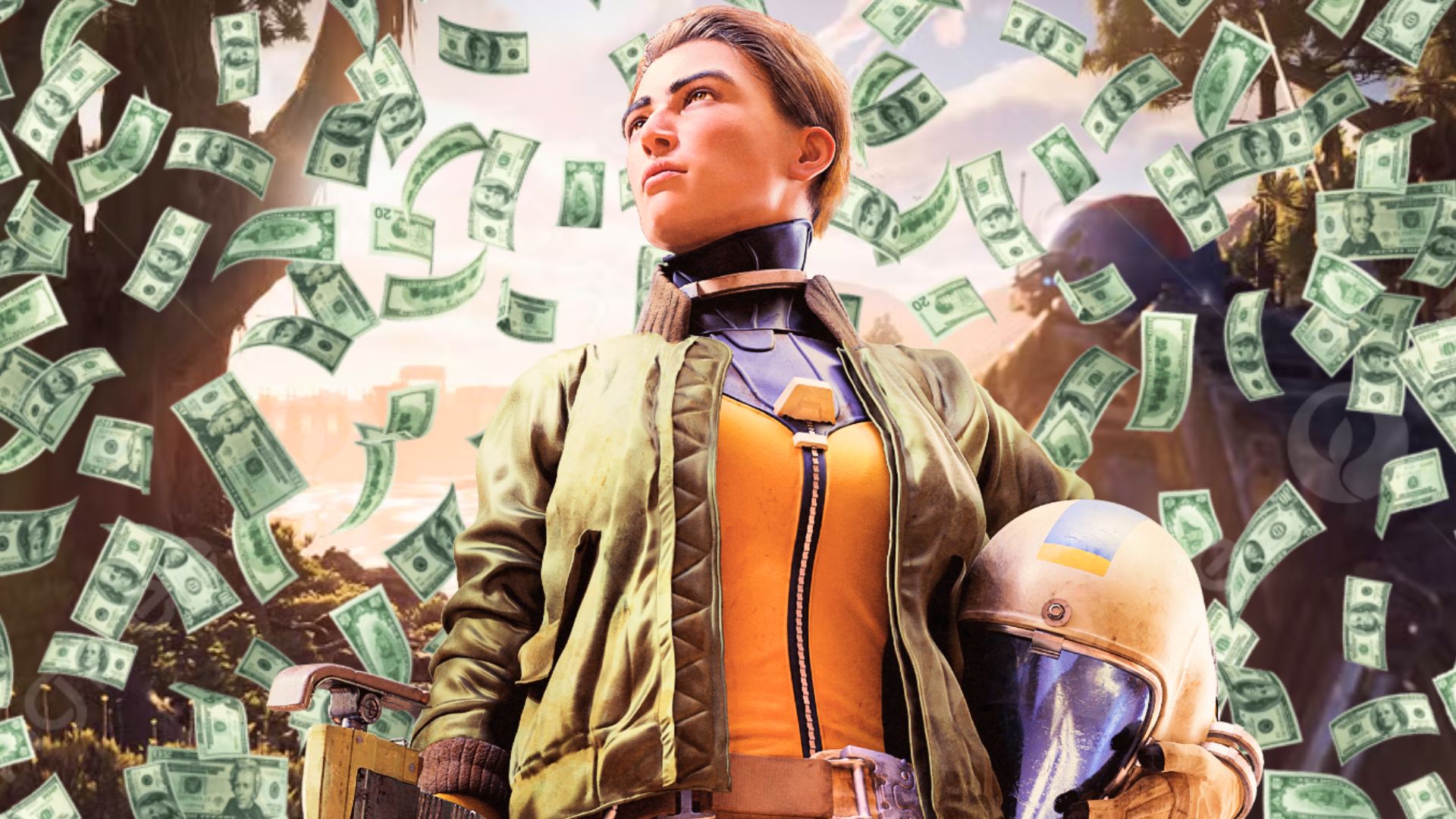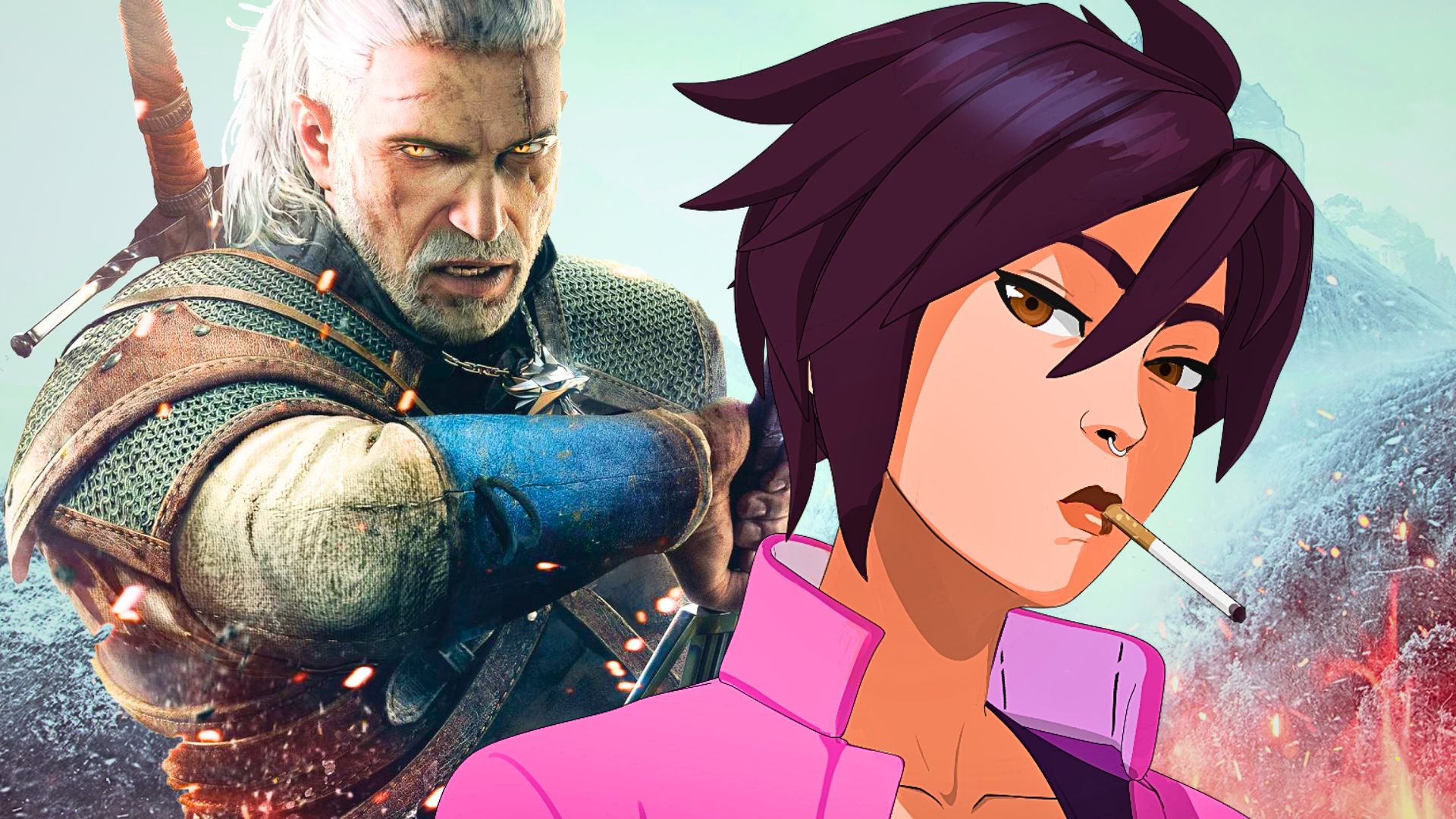You can trust VideoGamer. Our team of gaming experts spend hours testing and reviewing the latest games, to ensure you're reading the most comprehensive guide possible. Rest assured, all imagery and advice is unique and original. Check out how we test and review games here
Rift has just brought out Patch 1.6, which introduces users to the new Ember Isle. We spoke to design director Hal Hanlin about the latest features of the game.
Q: Patch 1.6 gives us the new dungeon Caduceus Rise which is said to have a non-linear structure. How does that work?
Hal Hanlin: It’s an outdoor insert. It doesn’t have a single way to tackle it. You can go in, you can move into the central courtyard, and there are multiple different ways you can go. If you want to run over here and take on this guy or run over here and take down this guy, it’s a case of if you have a group that has greater strengths or weaknesses you can have your choice of which encounters you want to do or you could do them all and you just pick the order. It also has two expert modes which are unlocked areas that you can then progress through farther in the dungeon.
Q: What was the incentive for creating a dungeon like this?
HH: To shake this up. We’re not married to any one format in pretty much anything we do. We have a core of what Rift is. There’s nothing in the world that says that we have to stick to this presentational format for our content. So in the case of Caduceus rise we wanted to make an enormous gorgeous dungeon and let players choose how they want to take it apart.
Q: Will different difficulty modes be more common in MMOs in the future?
HH: Trion is breaking new ground in a lot of things because our engine is designed for it. Most MMO engines are very static and they can’t crank out content at the speed we can and so we’ve been able to be very adaptable, when we read the forums and that sort of thing and perhaps we see some kind of commentary and people are like you know it would be great if we did this or that, that draws up a couple ideas in our mind and all the sudden we start gelling on those and then all of a sudden we come up with ideas like a dungeon ought to flow this way, or maybe we add extra wings this other way. And we can have more of a dialogue with our community than anybody can have. And so I hope that’s the direction MMOs take in the future because obviously it gives a lot more grip for what people are asking for.
Q: Instant Adventures seem to be catered to a casual audience. Are you seeing more casual players in your fanbase?
HH: You know, we appeal very much to an adrenaline junkie mindset like myself. We definitely do have a deep core story for people who are looking for that, and in the future we will be delving even deeper into that with more Chronicles. But even with the Chronicles and this adventure, it’s about delivering players the content they want to consume as quickly and as easily for them as possible. So they’re not messing with the mechanics of it. They’re not having to figure out ‘gosh, who do I talk to in this enormous city? What city do I have to go to? What town? What realm?’ No it’s like hey! Jump in, join a group, you’re going to have this adventure, jump in and jump out if you want. And we’ve seen a lot of people during the PTS testing actually stay in groups together for a long time. Because what happens is you start to say ‘Wow, that healer really knows how to keep me alive, I’m going to stick with them for a while’. And it’s been building some great community, I’ve watched a lot of guilds build up from this sort of behaviour.
Q: Why do you think you don’t find this sort of thing in MMOs if it works so well?
HH: Well, you can’t really say MMOs anymore because there’s such a variety. So I’m sure there will be more MMOs that are suited to a casual pick-up gamer. Obviously we’re not catering just to the solo player because we put out more raid content than pretty much any MMO on the market in the eight months we’ve been around. So if we’ve got one target group, we wouldn’t be able to do all the things that we’re doing. So with each release you’ll see that we’re trying to tailor that to a different segment. In Instant Adventures, yeah we’re definitely targeting a more casual pick-up audience. However with Caduceus Rise which is a very difficult dungeon, with the addition of Master Modes in 1.5, we’re still making sure our harder core audience has plenty of appeal.
Q: Mists of Pandaria is on the horizon and it seems to be catering to the casual crowd, do you believe hardcore players will come to your game to escape that?
HH: I always am delighted to see our sales tag to continue to go upward. I don’t know honestly what is driving people to our game in specific. Because we touch so many different areas. I don’t live day to day by WoW, we did this one little thing, that’s awesome, let’s keep driving that. I expect an influx continually because we keep adding more content, I’m always happy to see more people come on. But I personally don’t pin it on one thing. I let people like Scott Hartsman and big brains of the company like him to keep telling me what’s working and what’s not.
Q: You’ve been doing things like free weekends. How successful have those been?
HH: Those have been really great. It’s amazing for us that people kind of look at us, and candidly for a long time we’ve been called “hey you’re just a WoW clone”, but what’s great is as soon as they come in, they play through and then about five hours later they realise they fell into a rift, and running around constantly with these groups that they pick up into instantly. And they realise what we’re doing is we’re giving them their next MMO. We’ve taken all of the pieces that are familiar with past MMO successes, that don’t need to be changed, and we’ve integrated those. And then the pieces that we’ve chosen to differentiate for ourselves, we’ve really brought an enormous level of polish to it and they get excited by that.
Q: Are you planning to have more free weekends?
HH: Yes, I’m certain that we will because free weekends definitely appeal to folks. It gives them the chance to see the polish level that we brought. It also gives people who are our core fanbase the opportunity to rope their friends in who might be a little reluctant, if they’re aficionados of some other MMOs.
Q: We’ve heard from a number of people within the industry that SWTOR will be the last, final subscription-based MMO, is there any truth to that?
HH: [Laughs] I honestly have no idea what that means. [Laughs] Wasn’t World War I supposed to be the War that ended all wars?
Q: Do you think it’s complete nonsense then?
HH: I think The Old Republic is going to be a great game. I have a lot of friends that work on it, I love the lore, I love the canon of Star Wars. Personally I’m hoping it is a success. I think the MMO market is more than healthy enough to accommodate major successes. Just because they do well doesn’t mean I expect us to do poorly and vice versa. I earnestly hope they do very well, I earnestly believe we will continue to do well. I don’t think it’s going to be a problem.
Q: Rift has a pretty rigid schedule for introducing new patches to the game. Do developers need to start looking at the development of an MMO as providing a service to fans rather than simply making a game?
HH: Yes, I 100 per cent believe that. The question that people need to be asking is are they simply consumers or are they participants in this experience. And that’s one thing our players get to be is participants in the development process. They might not even realise it but when they’re playing and consuming the content we watch what’s being consumed, when they’re complaining or they’re craving something in the boards or in a forum or in a blog we’re watching all of this stuff. So we take our cues from our community. We started off with a multiple year plan which was a sort of drawn-in-chalk on the pavement idea of where we would be in multiple years. And then each milestone we revise that based on what our community is asking for. And if an MMO is not doing that, if they’re architected in a way that they can’t honestly I think they’re going to be getting a lot of blowback.
Q: Are you working on bringing Rift to Macs?
HH: Oh, honestly I don’t have any information on that specifically. We definitely have talked about it, it’s something that comes up in conversations periodically.
Q: You are working on a mobile app though, so how’s that going?
HH: Oh the mobile app’s fun! It’s a great way for players to stay connected with their guild even outside of the game. And it also gives them the opportunity to get in-game rewards. For example I play on the mobile app constantly, and we have little scratch games where you can scratch off “digital wax” and you get rewarded with either an artefact or a crafting good or Rift currency or something like that. And it’s really great because every time I log in with my character there’s mail and I go to get the mail and hey! My artefact collection just got better, or hey! There’s the crafting component I was looking for.
Q: Is the new Red Door gaming platform going to effect how Rift is developed?
HH: So, Red Door is a number of things. It’s basically all the things that we know how to do incredibly well and we have established a precedent for it. It allows companies that don’t have a background or capability to do these things, like the marketing, the publication, the subscriptions, all of that. It allows us to provide for them the ability to basically go into the world versus “Oh my god, we can’t focus on our game because we’re too busy trying to figure out the platform”. A good tool-set is the key to success; if you have to wait for a tool-set to evolve you’re behind the eight ball.
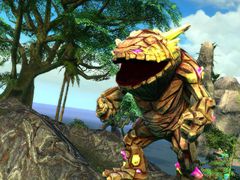
/https://oimg.videogamer.com/images/76e2/rift_130.jpg)
